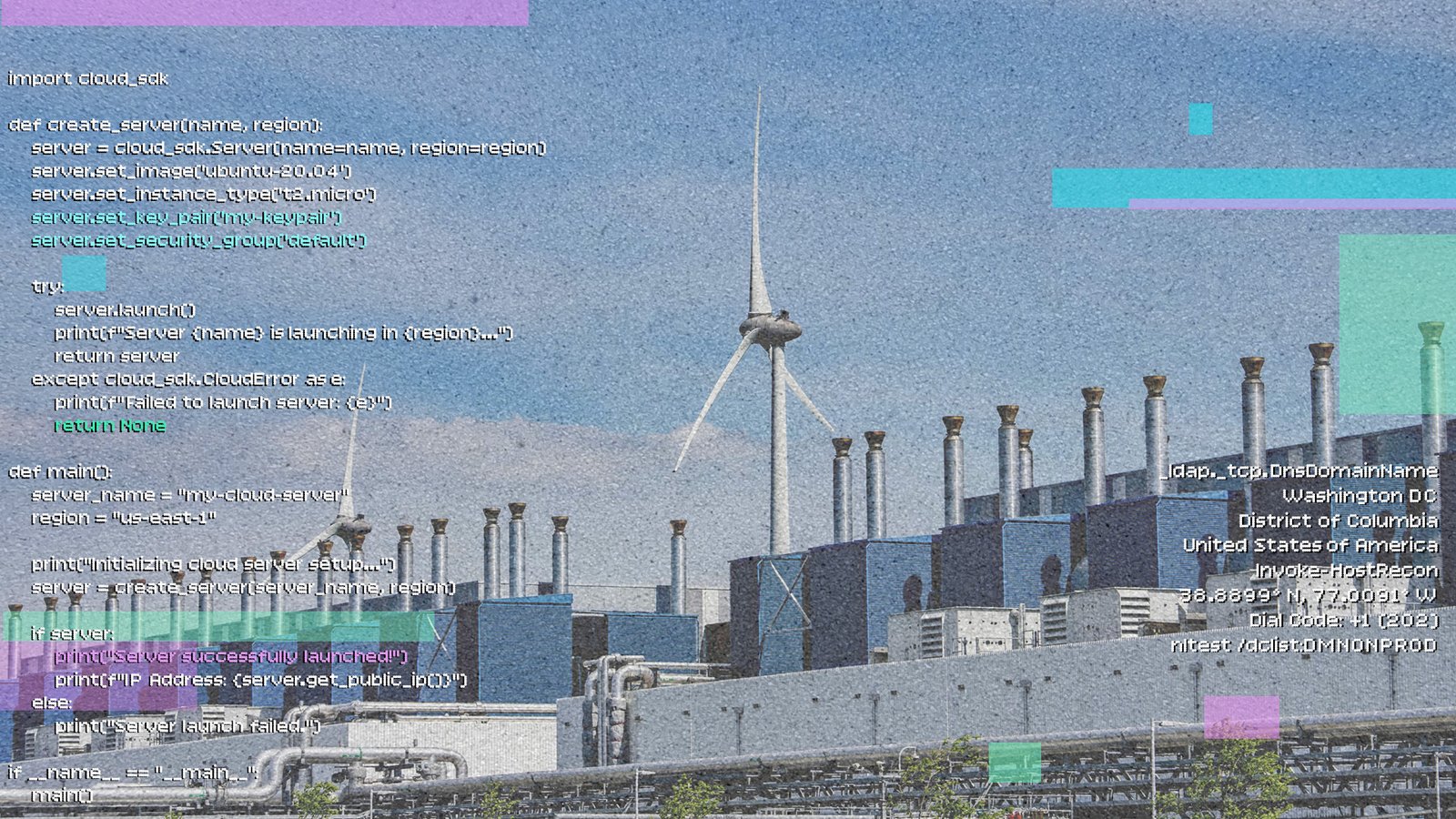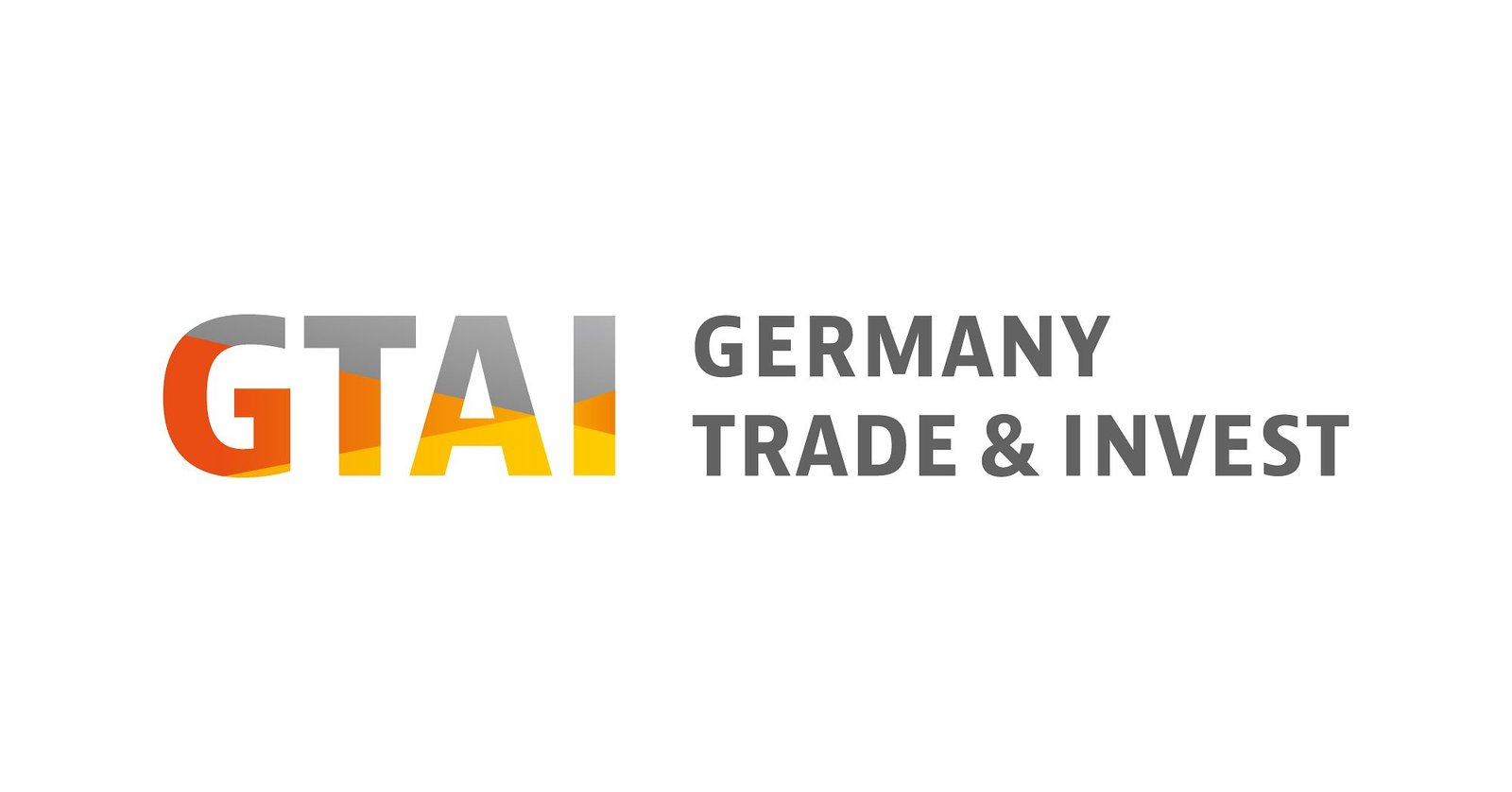As artificial intelligence (AI) drives up the demand for cloud computing, the United States and Europe are adopting markedly different approaches to energy management for data centers, which are crucial to the digital economy. The US strategy focuses on rapid development and the use of fossil fuels, while Europe emphasizes sustainable growth aligned with stringent climate targets.
A recent study from MIT highlights a critical issue: the energy demands of AI may exceed the world’s power capacity. Currently, US data centers account for 4.4% of the country’s total electricity consumption, a figure projected to triple by 2030. In response, the US government, under President Trump, is prioritizing speed by promoting fossil-fueled energy to maintain a competitive edge in AI. New executive orders are fast-tracking permits for data center power plants, primarily gas-fired, as part of an initiative dubbed the “AI Manhattan Project.” The government has identified 16 potential sites for AI mega-centers, each with dedicated energy supplies.
In contrast, Europe is adhering to its green transition framework. Data centers in the European Union currently consume about 3% of the bloc’s electricity, with projections indicating this could double by 2030—effectively adding the power needs of a nation like Spain. The EU has established stringent climate targets, including a 55% reduction in emissions by 2030 and achieving net-zero emissions by 2050. To balance energy demand with environmental responsibility, Brussels is enforcing strict energy efficiency regulations and requiring data centers to source power from renewable sources.
Ireland exemplifies Europe’s energy dilemma. Once a hub for digital innovation, the country now faces severe grid strain, with data centers consuming one-fifth of its national power. This figure is expected to rise, prompting the state grid operator to impose a moratorium on new data center connections in the Dublin area until at least 2028. Lawmakers support this suspension, concerned that unchecked growth would jeopardize Ireland’s renewable energy goals. However, the industry warns that such measures could hinder economic growth.
Some data center operators in Ireland are attempting to bypass grid restrictions by constructing private gas turbines, but these plans encounter local opposition and permitting challenges. Ireland’s situation illustrates the broader European struggle to balance digital expansion with energy stability and decarbonization efforts.
The differing strategies of the US and Europe highlight a fundamental ideological divide. The US approach, characterized by a focus on fossil fuels, reflects a belief that immediate energy availability will solidify its position in AI and cloud technology. Conversely, Europe’s cautious expansion—hampered by green mandates and higher energy costs—risks diminishing competitiveness and allowing US providers to dominate the market.
This competition extends beyond economics; it has geopolitical implications. If European data expansion continues to face grid limitations, reliance on American cloud service providers could deepen, further shifting the balance of digital power.
Despite these differences, there are signs of convergence. Major US cloud companies, including Google, Microsoft, and Amazon, are investing in renewable energy solutions. They have entered into substantial renewable energy agreements and are exploring small modular nuclear reactors to decarbonize data center operations. Moreover, Amazon’s new facility in Dublin is committed to operating entirely on green energy, while Microsoft’s data center in the Netherlands supplies heat to local greenhouses.
These corporate shifts indicate that industry leaders recognize the necessity of climate stewardship for long-term sustainability. However, the immediate paths diverge sharply: the US is prioritizing rapid expansion, often at the expense of emissions, while Europe is committed to a slower, greener trajectory despite potential competitiveness losses.
Both regions are closely monitoring each other’s strategies. European leaders view US deregulation as a step back in climate action, while US officials criticize EU caution as detrimental to digital innovation. The ongoing data center boom encapsulates a larger question: how to advance the digital economy sustainably without compromising innovation or energy security. The outcome of this competition may shape not only the future of cloud computing but also the dynamics of transatlantic digital power in the AI era.



